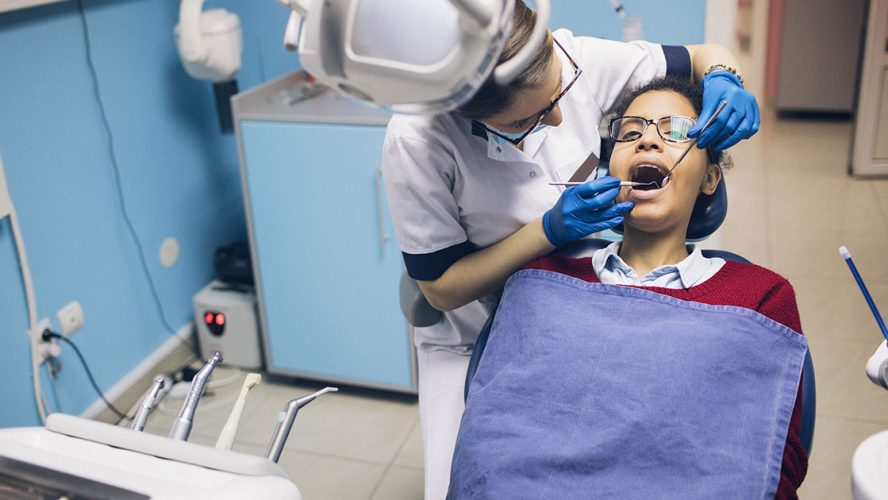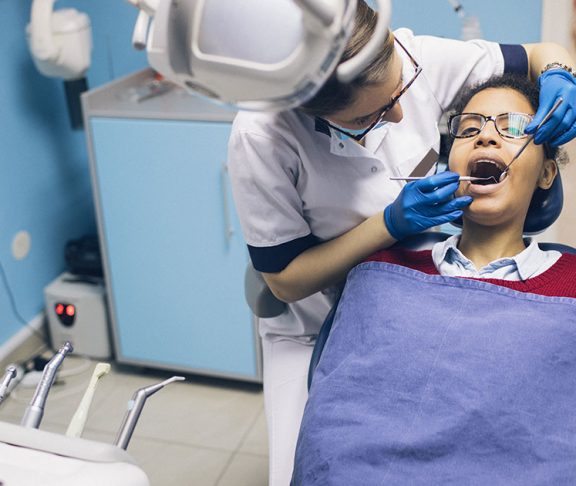
Pamela S. Alston, DDS, MPP, FACD
2021 President, National Dental Association
Blacks, Hispanics, and American Indians are at a disproportionately higher risk of contracting COVID-19 in the United States. If they develop COVID-19, they are at a higher risk of having complications and dying.
Underlying chronic diseases and healthcare barriers are contributing factors. Additionally, socioeconomic factors, such as poverty and impoverished living conditions, contribute to high COVID-19 risk. These risk factors also place them at a disproportionate risk of developing oral disease.
Dental health
The COVID-19 pandemic has impacted the oral health outcomes of Blacks, Hispanics, and American Indians. In the pandemic’s early stages, oral healthcare was not classified as an essential service, and dental facilities were forcibly closed to patients except for emergent and urgent oral healthcare. The interpretation for individuals with low oral health literacy levels likely was that oral disease without acute signs and symptoms did not need to be treated.
Dental facilities with mostly publicly insured patient populations, including private practices and dental public health clinics, often operate on thin to nonexistent margins. During the period of office closures, dental facilities were at risk of shuttering permanently for financial reasons. For students, school closures and distance learning may have removed access to dental care in school-based dental programs.
Dental facilities that reopened likely saw oral disease conditions that had progressed in their patients. Disease conditions may have progressed to a level of severity requiring services not covered under the public dental insurance’s scope of basic care. As a result, some patients have fallen through the dental safety net.
In summary, COVID-19 has impacted the oral health status and outcomes of the same population disproportionately affected by COVID-19. It has led to progression of oral disease that should have been treated earlier and a decrease in the availability of oral care.

